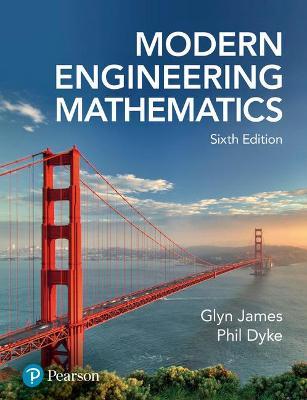Considering the problem of Example 9.13, for what values of l does the approximation have a percentage
Question:
Considering the problem of Example 9.13, for what values of l does the approximation

have a percentage error of less than 0.05% when R = 5 and r = 4?
Data from Example 9.13
The continuous belt has length L given by
![L = 2[1 (Rr)]/ + (R + r) + 2(R = r) sin- - R-r 1](https://dsd5zvtm8ll6.cloudfront.net/images/question_images/1705/2/9/6/85865a4c3da490951705296860006.jpg)
Show that when R – r ≪ l, a good approximation to L is given by
![]()
Fantastic news! We've Found the answer you've been seeking!
Step by Step Answer:
Related Book For 

Question Posted:





